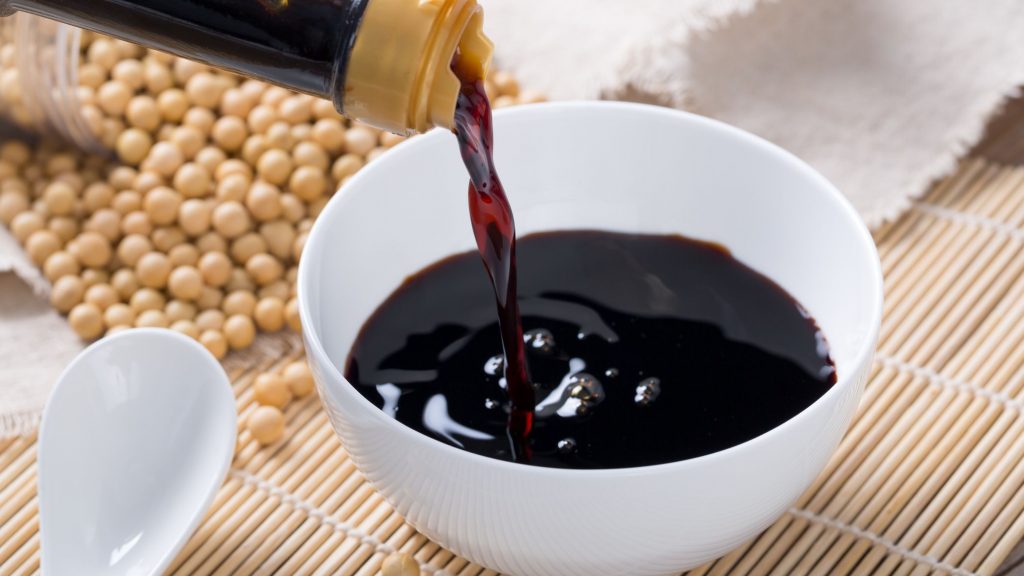Shoyu sauce and Tamari sauce: Differences Between Types of Soy Sauce
One contains gluten and the other does not. Do you know how to differentiate these two sauces from the fermentation of soybeans?
The soy sauce is a common ingredient in the diet of many people fond of Japanese food, but no longer used only in Asian cuisine and has also spread to Western cuisine. Not only for its culinary application but also for its many benefits for the health of our body.
It is a brown and salty sauce that goes very well with vegetables and fish, but it does not always have the same flavor because there are different varieties. All of them are the result of the fermentation of soybeans, a centuries-old culinary process that provides better digestion and assimilation of the nutrients of this Japanese legume with more than five thousand years of history. It is low in calories, does not contain saturated fat or cholesterol, and also strengthens circulation.
The Japanese soy sauce or shoyu that we all know is of the Kikuchi variety, while tamari is another variant, the first that existed in Japan that comes from the first soy sauce in history, the Chinese. The big difference between these two types of soy sauce is that Shoyu is made with wheat grains in the first stage of fermentation and tamari is not.
Shoyu sauce: the traditional soy sauce
Shoyu is the first soy sauce to be introduced to the western world. It is a soy sauce obtained from fermenting soybeans with roasted wheat grains, water, and salt. As it is made with wheat, it contains gluten and has a milder flavor than other soy sauces because it contains less soy and salt. That is why it can be taken more often than tamari.
You can use it both to season vegetables and vegetable proteins as well as to prepare soups and other sauces with lemon, ginger, cereal molasses, or olive oil. It contains more protein and more calcium.
Tamari: wheat and gluten-free sauce
Tamari is a pure soy sauce, fermented only with water and salt. It has become popular as a gluten-free version of soy sauce, but there are several brands that contain traces of gluten or have even used a part of the wheat to produce it. Therefore, you have to be careful, especially if you are celiac.
Nutritionally, it contains more iron and more carbohydrates. It has a stronger flavor and aroma, richer in nuances and less salty, and a thicker texture. It is often used for cooking, a delicious way to dilute the tamari to soften its flavor is by adding a little lime juice.
Most of the world’s soybean production is transgenic and at the same time, it is one of the most intensive crops in the use of pesticides. That is why it is very important to consume this Japanese legume and its derivatives such as organically produced soy, to help the planet and our health without ingesting chemical substances.














